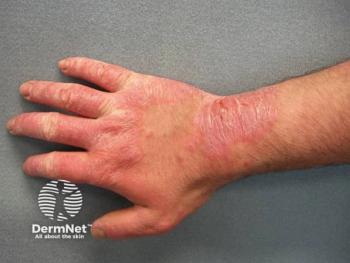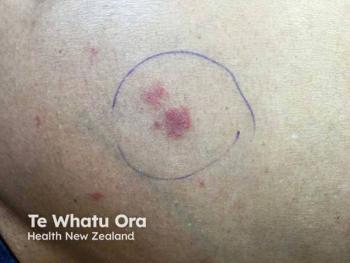
The Clinical Impact of Atopic Dermatitis: Burden, Age-Related Differences, and Unmet Needs
An expert discusses how atopic dermatitis creates significant physical and quality-of-life burdens affecting up to 20% of pediatric and 10% of adult patients globally, with presentations varying across age groups and key unmet needs including improved access to care and disease recognition across different skin tones.
Episodes in this series

Video content above is prompted by the following:
Atopic dermatitis represents a significant global health burden, affecting approximately 20% of pediatric patients and up to 10% of adults worldwide. This chronic inflammatory skin condition extends far beyond simple skin irritation, causing substantial physical symptoms, including severe itching, skin inflammation, painful fissures, and visible lesions. The disease’s impact on quality of life is profound, with patients experiencing frequent sleep disruptions that can occur 4 to 5 times per night, leading to decreased concentration, mood disturbances, and impaired daily functioning.
The presentation of atopic dermatitis varies significantly across different age groups, requiring tailored diagnostic and treatment approaches. In infants and young children, the condition typically manifests on the face and scalp with more extensor involvement, whereas adolescents commonly develop lesions in flexural areas. Adult patients often present with acral distribution patterns, reflecting the evolving nature of the disease throughout life. These age-related differences correlate with distinct inflammatory cytokine profiles, highlighting the importance of understanding disease subtypes for effective management.
Current challenges in atopic dermatitis management center on access to care and disease awareness. Many patients struggle to access dermatology specialists, whereas others face barriers in obtaining appropriate medications. Disease awareness remains insufficient, particularly regarding recognition of atopic dermatitis in patients with darker skin tones, where classic erythema may present differently. Health care providers need enhanced training to recognize atopic dermatitis across diverse populations, and patients require better education about the chronic nature of their condition and available treatment options.
Newsletter
Like what you’re reading? Subscribe to Dermatology Times for weekly updates on therapies, innovations, and real-world practice tips.




















